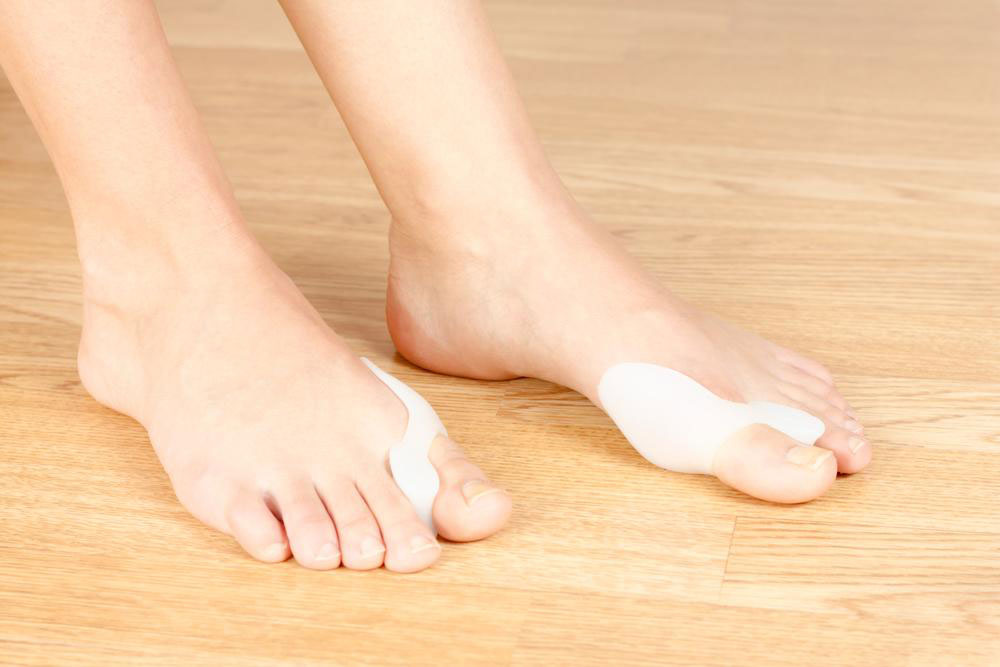Things You Need to Know about Bunion Treatment
A bunion or hallux valgus is a bump that is formed at the joint of the big toe to the foot. As a result of the deformity, the big toe is pointed toward the small toes while the joint is inflamed and pushed outward. Causes of this condition are often cited as genetic, wearing tight shoes, and rheumatoid arthritis. Bunions may result in pain while walking, inflammation of the joint, and shift of the big toe toward the smaller toes.

Types of treatment
Surgical procedures are mainly aimed at the realignment of the bones of the big toe and the joint and the repair of the soft tissue around it. This will help correct the deformity of the foot and relieve the pain. Depending on the extent of the deformity, the surgical procedure may vary.
Ligament and tendon repair
Sometimes the ligaments and tendons may be too tight on one side or too loose on the other side, which ends up pulling the toe sideways. Surgery is the only bunion treatment in this case, which is advised to loosen the tight tendons and ligaments and shorten the long tendons and ligaments, thereby getting the big toe to its correct position again.
Osteotomy
In Osteotomy, as the name of the bunion treatment suggests, part of the bone in the toe is removed and fixed with metal pins and screws. At times, a wedge of the bones is removed to allow the big toe to be straightened. Osteotomy is accompanied by the repair of ligament and tendon as well to relieve the inflammation in the area.
Arthrodesis
This bunion treatment is mainly used for arthritic patients who have had previous bunion surgery. In this procedure, the arthritic surface on the joint is removed and replaced with metal plates, wires, and screws to hold the joint together to allow the bone to heal.
Exostectomy
In this bunion treatment, only the bump of the bone is removed surgically from the big toe joint. This procedure is accompanied by osteotomy and ligament and tendon repair for a complete correction of the deformity.
Resection arthroplasty
In this procedure, part of the bone is removed, creating a gap between the remaining bones. The bones are realigned to relieve the bunion deformity; however, this, in turn, leads to a shortened big toe and a scar joint. This procedure can reduce the power of the push off on foot. This procedure is mostly used for elderly people with a case history of severe arthritis and a previous unsuccessful bunion treatment done in the form of surgery.
Post-surgical care
Post surgery care has to be taken so that the restructured toe gets time to heal. Proper dressing of the area is required to avoid infection, and the prescribed medications should be taken without fail. Weight should not be put on the foot while it is healing, as the alignment may be lost otherwise. Many a times, braces or a cast is put on the area to keep the bones in place as it heals.
After the cast or the braces have been taken off, following it up with physical therapy will allow the movement of the foot to return to normal. Footwear should be carefully chosen to ensure that there is no pressure on the area where the surgery was performed. It may take quite some time to go back to using normal footwear after bunion treatment.
Orthotics
Many people do not want to opt for a surgical procedure straight away. Orthotics can help these people support the big toe and reduce the progression of the disease. Some of the most common orthotics used include bunion cushions, bunion regulators, bunion splints, and gelled toe separators. Wearing these can help reduce the progression, but it is not a cure.
Home treatments
Although not backed by medical research, a lot of people follow home remedies to deal with bunions. Common home remedies include ice packs to alleviate the pain and inflammation, drinking warm chamomile tea and applying used tea bags to the area, using turmeric packs, soaking one’s feet in Epsom salt, and following simple exercise of the feet and toes to help maintain the movement of the joints. Massages of the feet are also common to relieve the stress and pain from the joints.
Following regular exercise, massaging, and using the above remedies can help relieve the pain; however, the deformity of the area cannot be avoided with home treatments for bunion. Bunions are a progressive disorder, and it is best to approach a medical professional who can provide you with the best care and advice with regard to the steps to be taken.
Bunions are relatively more common in women than in men. Although it has genetic occurrence many times, it’s best that we take good care of our feet and wear shoes that do not put the strain on the big toe joints.

